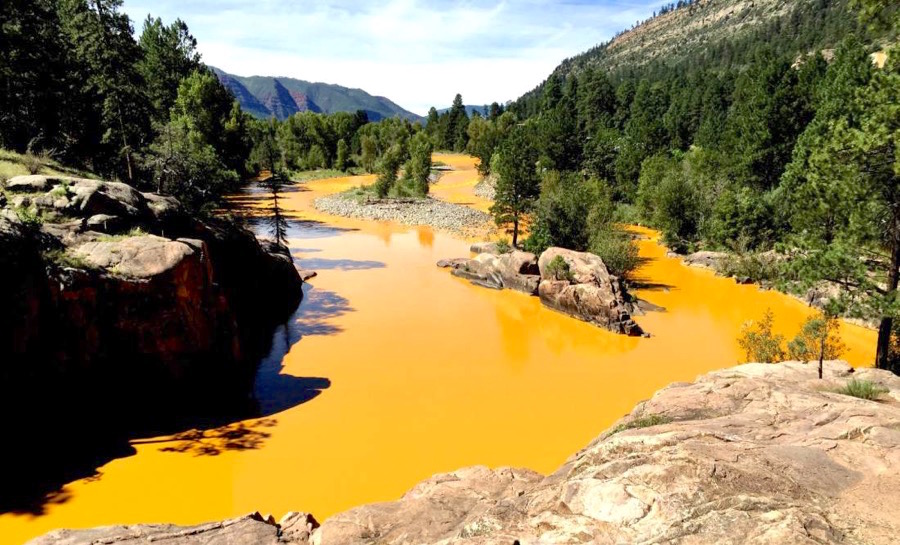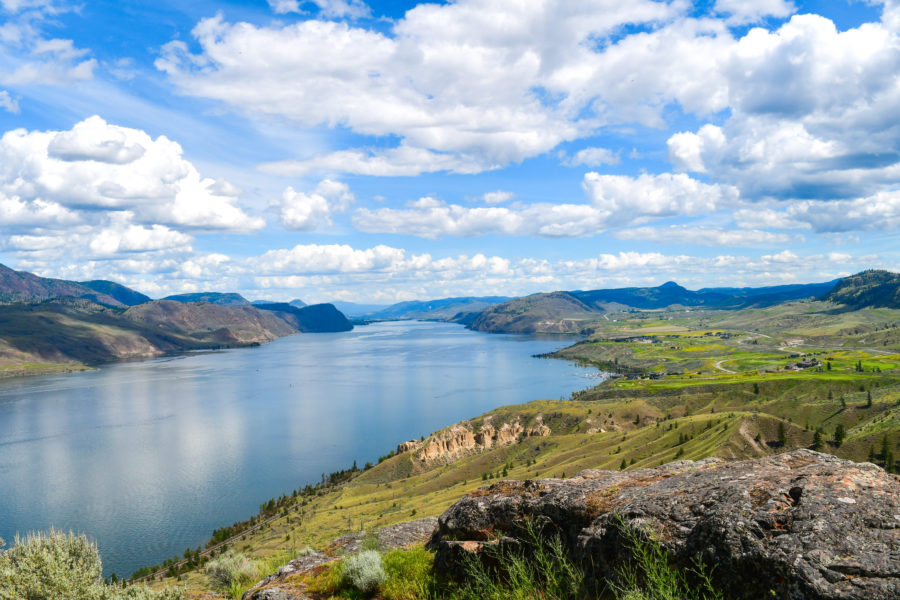EPA to clean up wastewater at 26 Colorado mines

The U.S. Environmental Protection Agency is planning to dredge contaminated sediment from streambeds and dig ditches to divert water away from tainted rocks and soil, in an effort to clean up wastewater flowing from 26 old mines in southwestern Colorado.
According to the Associated Press, such efforts are part of an interim plan the EPA is advancing with the idea of keeping toxic heavy metals from flowing into rivers. The selected areas are known for presenting high levels of aluminum, cadmium, copper, iron, lead and/or zinc.
The EPA believes it is urgent to remove and control contaminants from identified campgrounds, mine waste piles, ponds and rivers because some of them are recreation sites where people could be particularly exposed to arsenic or lead.
While this $10-million plan is being executed, the agency will search for a more permanent solution under the Superfund program, which is supposed to cover 48 mining sites.
AP says that the cleanup was prompted by the famous 2015 wastewater spill at the ancient Gold King mine, where one of the EPA’s clean-up teams working at the site accidentally caused the spill of over 3 million gallons of toxic wastewater into a local river and its tributaries.
However, Gold King is not among the 26 sites chosen for interim work because a temporary treatment plant was installed two months after the spill and is cleaning up wastewater from the mine.
Besides the environmental purposes in its mandate, the EPA is pushing for mine site cleanups with the idea of having those places transformed into residential, industrial or commercial developments.
{{ commodity.name }}
{{ post.title }}
{{ post.date }}

Comments
Oredigr
Let the extortion of mining companies begin. Because that really is what superfund means, legalized extortion by the government.